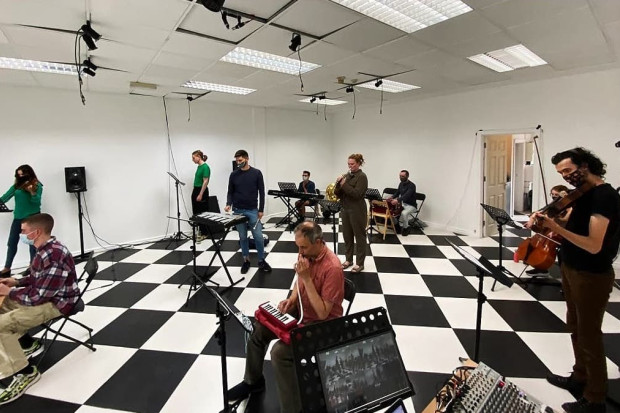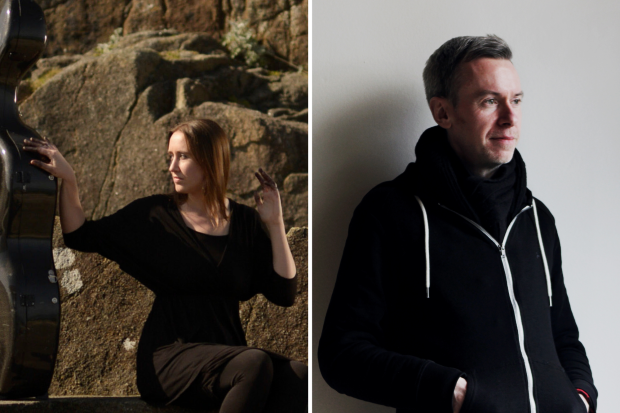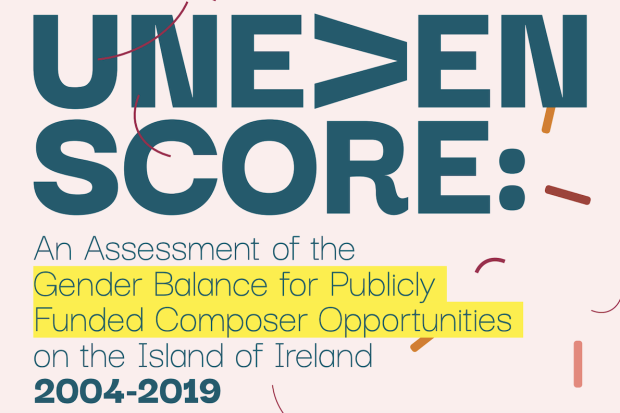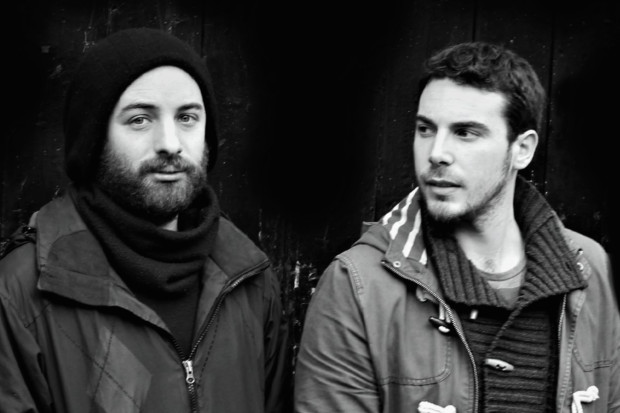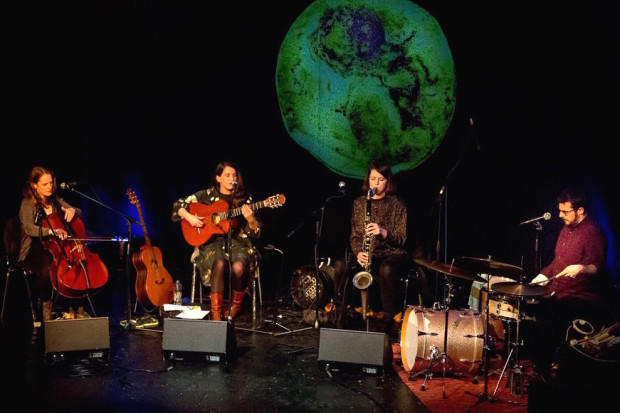
Seán Mac Erlaine (photo: Caoimhín Ó Raghallaigh)
Following the Logic of Dreams
Seán Mac Erlaine is a busy man. A browse through his releases on his website reveals no fewer than fifteen projects in the last five years. Although at heart a collaborator – his work includes performances with the contemporary folk ensemble This is How We Fly and with Quiet Music Ensemble—his new release on the Ergodos label, Music for Empty Ears, is his third as a solo artist, following Long After the Music is Gone (2012) and A slender song (2014) on the same label. The eleven-track album is available in digital and vinyl formats, and continues in the same tonal electro-acoustic vein as his previous releases.
Although released under his own name, the album has a strong spirit of collaboration: jazz musician and producer Jan Bang and guitarist Eivind Aarset both perform on electronics, and most of the compositions on the album are credited to all three. Sadhbh Ní Dhálaigh is the final member of the group, providing vocals on two tracks, ‘The Melting Song’ and ‘En Fetelle Mai’.
A groundless dreaminess
Mac Erlaine’s playing, on clarinet and bass clarinet – as well as related instruments such as the chalumeau (a late baroque woodwind instrument), the alto saxophone, and the Chinese bawu – is the heart of the album, and every other sound seems to spiral outward from it. Although by no means a jazz album, his phrasing reveals his jazz training, warm and rich in tone, shaped with beautiful dynamic control. Sometimes a single note floats to the top of a texture and drifts away again, almost before you’ve grasped it. Other times, a fleeting ribbon of melody is joined by another, and they twine together for a moment before disappearing.
There is a groundless dreaminess to the melodies that is reflected throughout the album. The electronic textures (created by Mac Erlaine as well as Bang and Aarset) are very fine. Aarset’s occasional performances on guitar are most often deployed not for melody but as a means of gentle rhythmic propulsion, and Ní Dhálaigh’s vocals manage to feel simultaneously intimate and distant.
The album’s dreaminess is more than superficial. It follows the logic of dreams. Repeating patterns shift timbre, subtly and constantly. Statuesque textures suddenly crumble.
Lost
The opening track, ‘Winter Flat Map’, begins with its teeth bared. A pair of dissonant electronic chords repeat like the last malevolent breaths of a dying machine. But in the midst of the sinister ambience, a string of major thirds threatens to carry you off before departing alone. In ‘The Melting Song’, the vocals carry the music itself, slowly pulling it from its static opening to a gentle four-phrase shape.
Several of the tracks explore darker timbres. ‘The Diplomat III’ is supported by a texture you hardly notice until it falls away, and the track wanders vaguely, lost. ‘Shake and Sigh’ begins lost, melodies grasping out and being slapped aside by abrasive electronic sound.
The music in ‘Horse-drawn Thoughts’ and ‘The Alchemist III’ taps into the same strain of nostalgia found in Vangelis’ soundtrack to Blade Runner, delicately echoing, soulful solos over electronic backing. The former works particularly well, the peaceful mood overrun by Radiohead-esque interruptions.
Room to breathe
The second side of the album opens with the most peaceful track, an arrangement of the traditional tune ‘An Buachaill Caol Dubh’, firstly in a bass clarinet solo, then with gently undulating accompaniment. ‘En Fetelle Mai’ is the longest track on the album, though not by a lot: it’s just under six minutes; the shortest is just under three. Ní Dhálaigh sings over a menacing texture. A guitar pulse begins, soft but insistent, opening eventually into a more expansive soundworld. Out of the whole album, this is the track that feels like it has the most room to breathe—not just because of its length, but because it has more of a sense of departure and return in its materials.
Of the last two tracks, ‘Hansa Danse’ is the most uneasy on the album, evoking aspects of Angelo Badalamenti’s score to Twin Peaks. The last track, ‘Cotter’s Dream’, is the most at-ease, an improvisatory melody over a gentle major-key pattern.
An arrival
But it’s in ‘Cotter’s Dream’ that my own discomfort with the album focusses. The album’s sparsity of momentum and consistent dreaminess are such that the peace of the final track feels, to an extent, unearned, like an arrival without a journey. In collecting the tracks on the album, the effect is muted rather than amplified.
That is a small quibble, and one that’s becoming less pronounced with repeated listening. There is a lot to admire in the album. The tonal melodies and the often dissonant accompaniment never feel like they’re in conflict with one another. The changes in melodic direction and the structural surprises are always well-judged and fitting. They make sense in the way dreams do, not predictable but with a retrospective ‘Of course,’ which lasts at least as long as the music has you under its spell.
Seán Mac Erlaine Music for Empty Ears is available from Ergodos at www.ergodos.ie.
Published on 25 July 2018
Brendan Finan is a teacher and writer. Visit www.brendanfinan.net.












